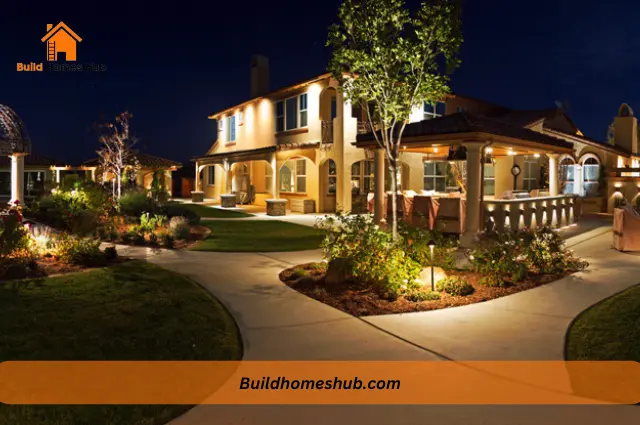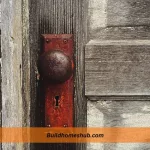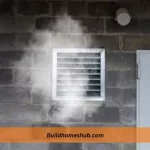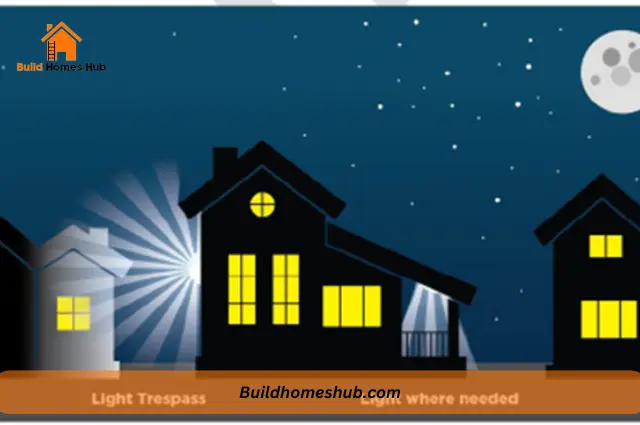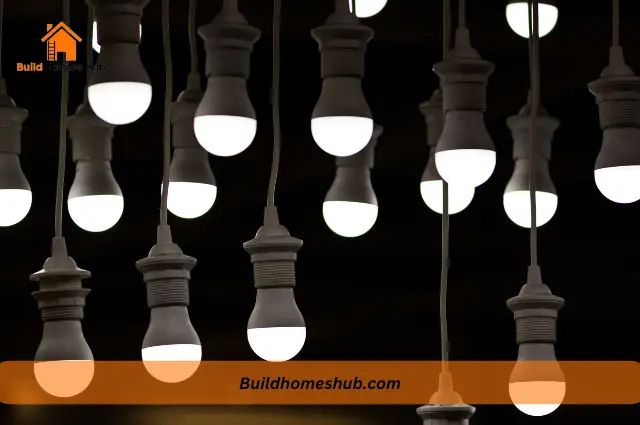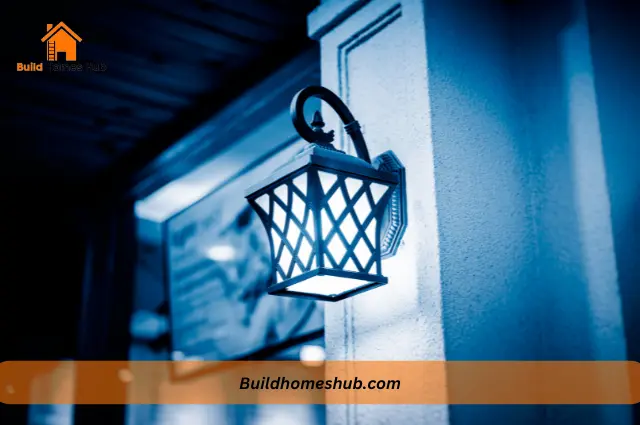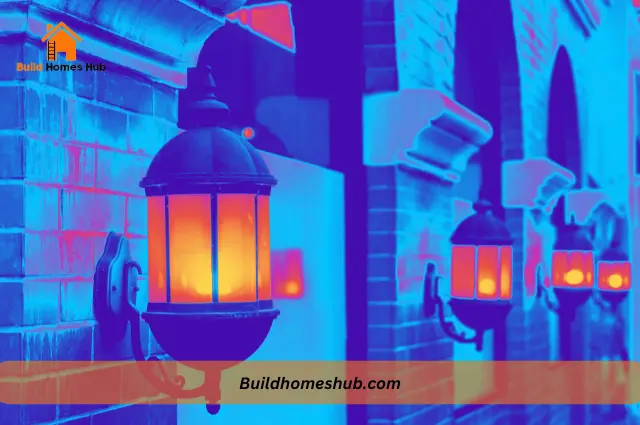When strolling through residential areas in the United States at night, one can’t help but notice the multitude of lights emanating from American houses. It’s a phenomenon that has intrigued many, prompting the question: Why do American houses have a lot of lights during the night?
In this post, we will delve into the various factors contributing to this unique cultural characteristic, exploring the underlying reasons and shedding light on this illuminated landscape.
A Historical Perspective: The Origins of Illumination
To understand the prevalence of lights in American houses during the night, it’s essential to take a journey through history. The tradition of illuminating homes has its roots in the late 19th century, coinciding with the advent of electricity. At that time, electric lighting became increasingly accessible and affordable, revolutionizing the way people lit their homes.
With the introduction of electric lighting, households transitioned from traditional oil lamps and gas lights to more convenient and efficient electric bulbs. This technological advancement marked the beginning of a new era in residential illumination.
The widespread use of lights at night initially served practical purposes, primarily related to safety and security. Illuminating the exterior of homes deterred intruders and provided visibility, reducing the likelihood of accidents and improving personal safety.
Reasons for a Lot of Nighttime Illumination in America
While the historical context sheds light on the origin of nighttime illumination in American houses, several cultural factors contribute to its prevalence even today. Let’s explore these factors further:
1. A Sense of Community and Neighborliness
In American culture, a strong emphasis is placed on community and neighborly connections. Maintaining well-lit homes at night is seen as a way to foster a sense of security and care for the neighborhood. This practice creates a welcoming atmosphere and promotes a spirit of communal watchfulness.
2. Outdoor Activities and Entertainment
Americans have a penchant for outdoor activities and entertaining guests in their homes. The abundant lighting facilitates various recreational pursuits, such as barbecues, garden parties, and outdoor sports, that often extend into the evening. Well-lit outdoor spaces allow for socializing and enjoyment after sunset.
3. Aesthetics and Curb Appeal
American homeowners take pride in their properties and strive to create an aesthetically pleasing environment. Well-designed lighting arrangements enhance the curb appeal of houses, illuminating architectural features, landscapes, and gardens. These visual enhancements contribute to the overall beauty and desirability of the neighborhood.
4. Safety and Crime Prevention
A well-lit neighborhood serves as a deterrent to criminal activity. Brightly lit streets and homes decrease the likelihood of theft, vandalism, and other illicit activities. By creating an environment where potential wrongdoers are less likely to go unnoticed, the prevalence of lights during the night helps promote a sense of safety and security.
Is leaving lights on at night only unique to America
While the prevalence of lights in American houses during the night is notable, it is not exclusive to the United States. Other countries and cultures also embrace nighttime illumination, though the specific reasons and cultural nuances may differ.
Are there any regulations regarding night lighting?
While specific regulations vary by locality, many areas have guidelines related to outdoor lighting to ensure it does not cause light pollution, excessive energy consumption, or disturbance to neighbors. These guidelines aim to strike a balance between safety and environmental considerations.
Why are the lights on during the night when everyone is asleep?
The lights often left on during the night are primarily outdoor lights, aimed at enhancing security and visibility. They are not intended to illuminate the interiors of homes, where residents generally turn off lights before going to bed.
Conclusion
The abundance of lights in American houses during the night is a multifaceted phenomenon. It originates from a historical transition to electric lighting and is influenced by cultural factors such as a sense of community, outdoor activities, aesthetics, and safety concerns. Despite variations in individual preferences, the prevalence of lights serves as a testament to American values, including community, security, and a desire for a visually appealing environment.
I hope to help you make the right choices with my content. I am passionate about building new homes and renovations. Follow me, on my socials, I drop nice stuff that may be helpful.

